Constellations #3

Image source [1]: ESO 489-056 is an irregular dwarf galaxy, located 16 million light-years distant.
Hello friends, continuing our journey through the constellations, today we will know the constellation Boötes, Cancer, Canis Major and Canis Minor. Here the previous post [1] [2].
Boötes is a constellation in the northern sky, located between 0° and + 60° declination, and 13 and 16 hours of right ascension in the celestial sphere. Boötes is a constellation bordered by Virgo to the south, Coma Berenices and Canes Venatici to the west, Ursa Major to the northwest, Draco to the northeast, and Hercules, Corona Borealis and Serpens Caput to the east.
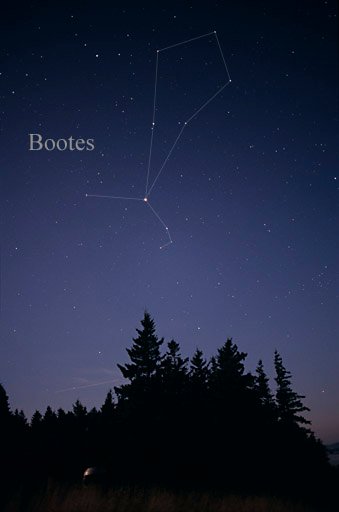
Image source [2]: The constellation Bootes as it can be seen by the naked eye.
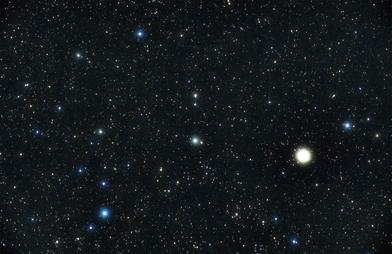
Image source [3]: Celestial photograph depicting many of Boötes' double and multiple stars. Arcturus is the bright white star in the lower right. The semicircle of stars near the bottom left is the neighboring constellation Corona Borealis.
Cancer is one of the twelve constellations of the zodiac. Its name is Latin for crab and it is commonly represented as one. Cancer is a medium-sized constellation that is bordered by Gemini to the west, Lynx to the north, Leo Minor to the northeast, Leo to the east, Hydra to the south, and Canis Minor to the southwest.

Image source [4]: The constellation Cancer as it can be seen by the naked eye.
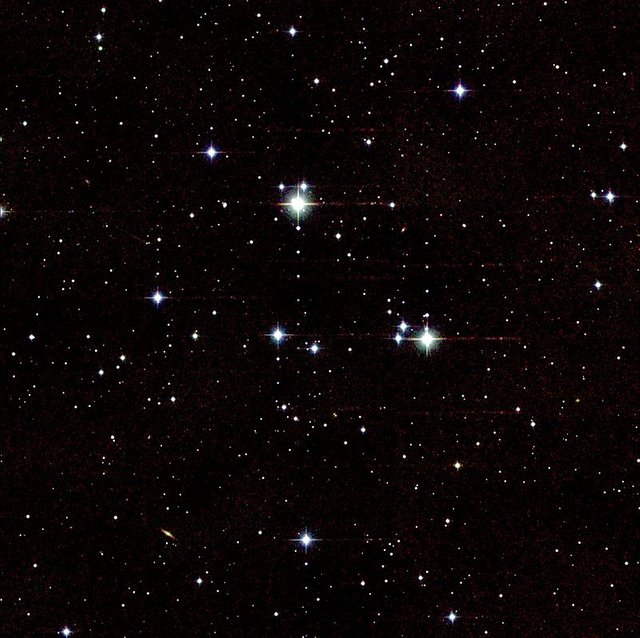
Image source [5]: Cúmulo abierto M44, conocido como El Pesebre.
Free Stuff - VFX Footage / Motion Graphics
Canis Major is a constellation in the southern celestial hemisphere. In the second century, it was included in Ptolemy's 48 constellations, and is counted among the 88 modern constellations. Its name is Latin for "greater dog" in contrast to Canis Minor, the "lesser dog"; Both figures are commonly represented as following the constellation of Orion the hunter through the sky. Canis Major is a prominent constellation because of its many bright stars. These include Sirius (Alpha Canis Majoris), the brightest star in the night sky, as well as three other stars above magnitude 2.0.
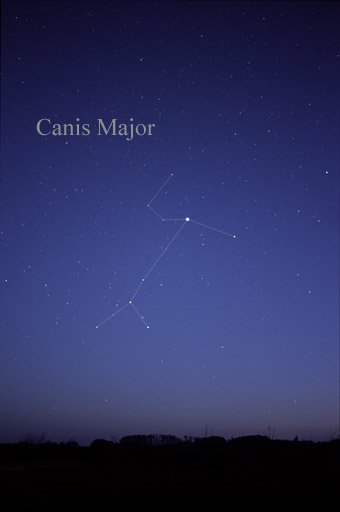
Image source [6]: The stars of Canis Major as they can be seen by the naked eye; lines have been added for clarity.
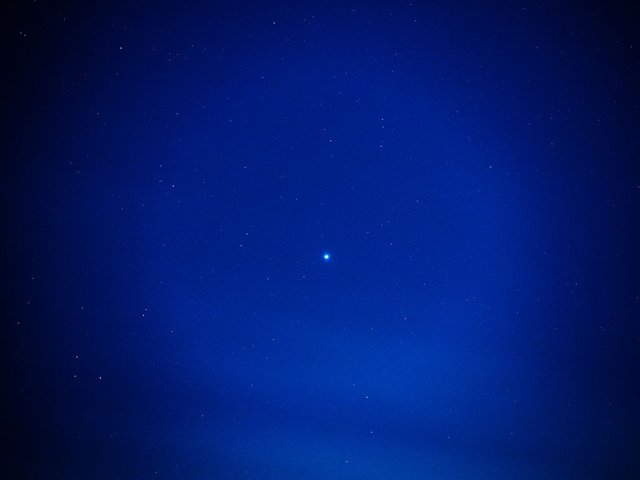
Image source [7]: Sirius A, the brighest star in the night sky, lies in Canis Major.
Canis Minor is a small constellation in the northern celestial hemisphere. In the second century, it was included as an asterism, or pattern, of two stars in Ptolemy's 48 constellations, and it is counted among the 88 modern constellations. Canis Minor contains only two stars brighter than fourth magnitude. At magnitude 0.34, Procyon, or Alpha Canis Minoris, is the seventh-brightest star in the night sky, as well as one of the closest.
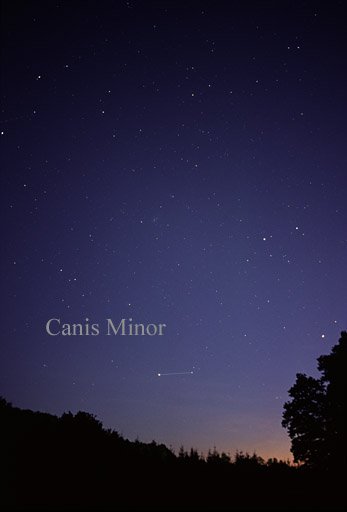
Image source [8]: The constellation Canis Minor as it can be seen by the naked eye.

Hmm, this is real science, educative post 👌 ✌
It is too far to visit these constellations!
:D
Always a good researcher. Thank you.
Sooo beautiful! Upvote and gained a new follower! 😃
Thanks :)